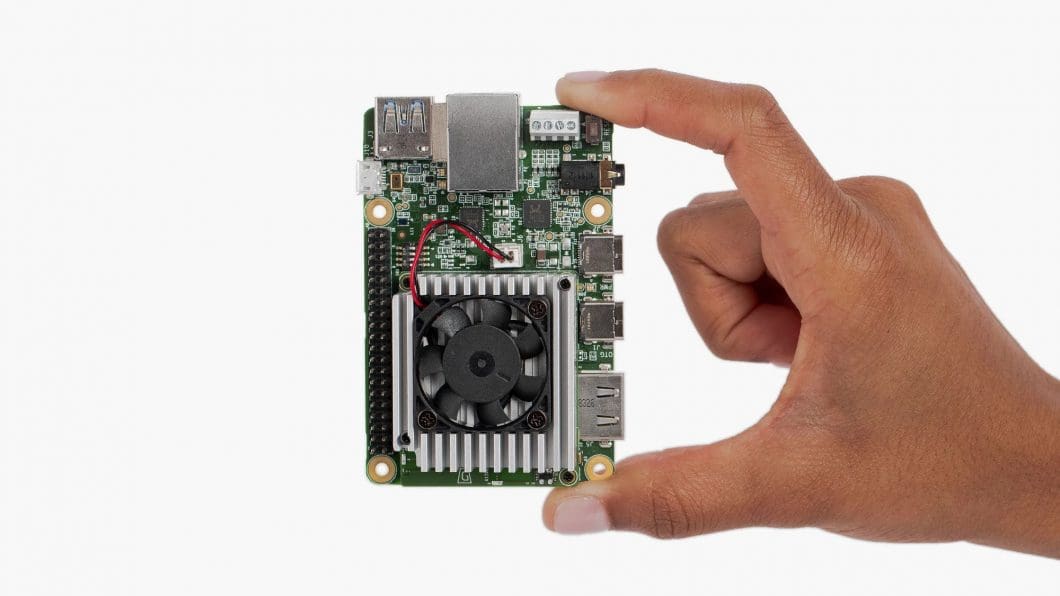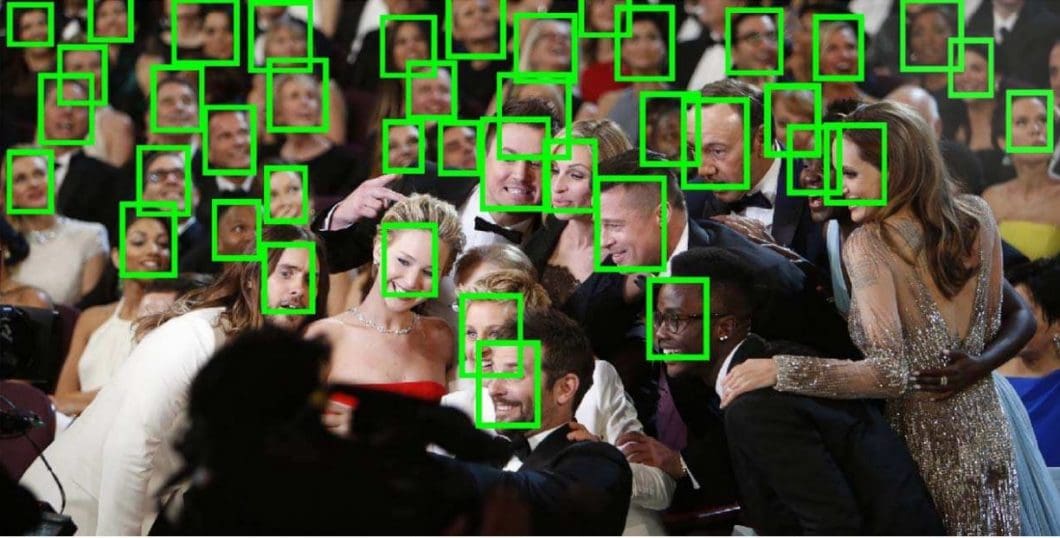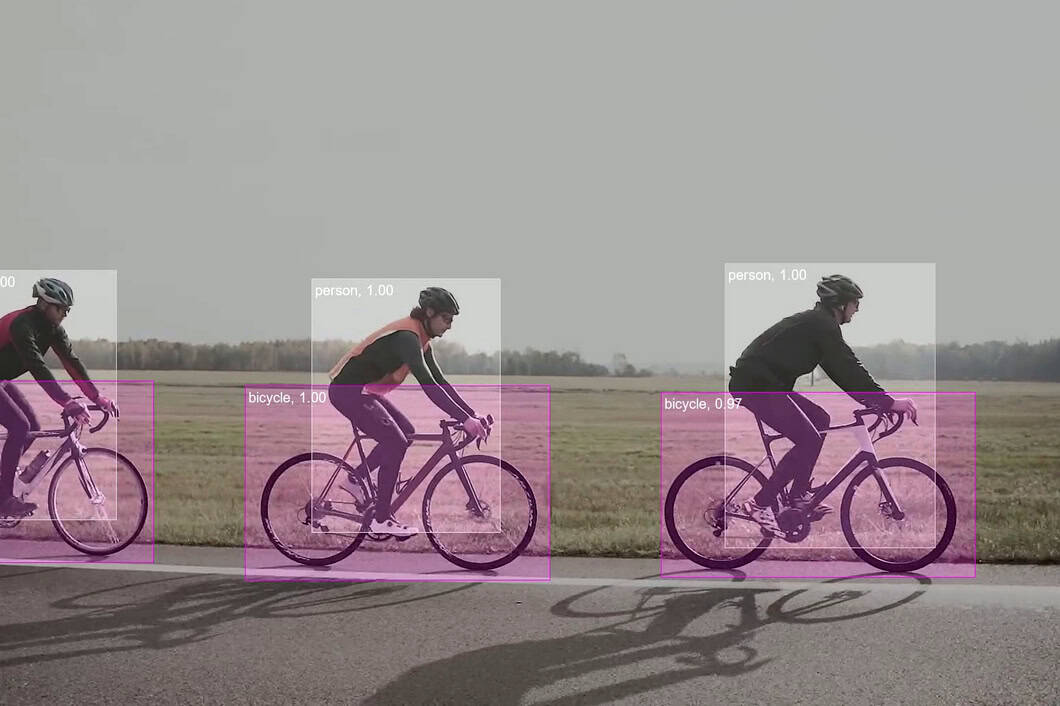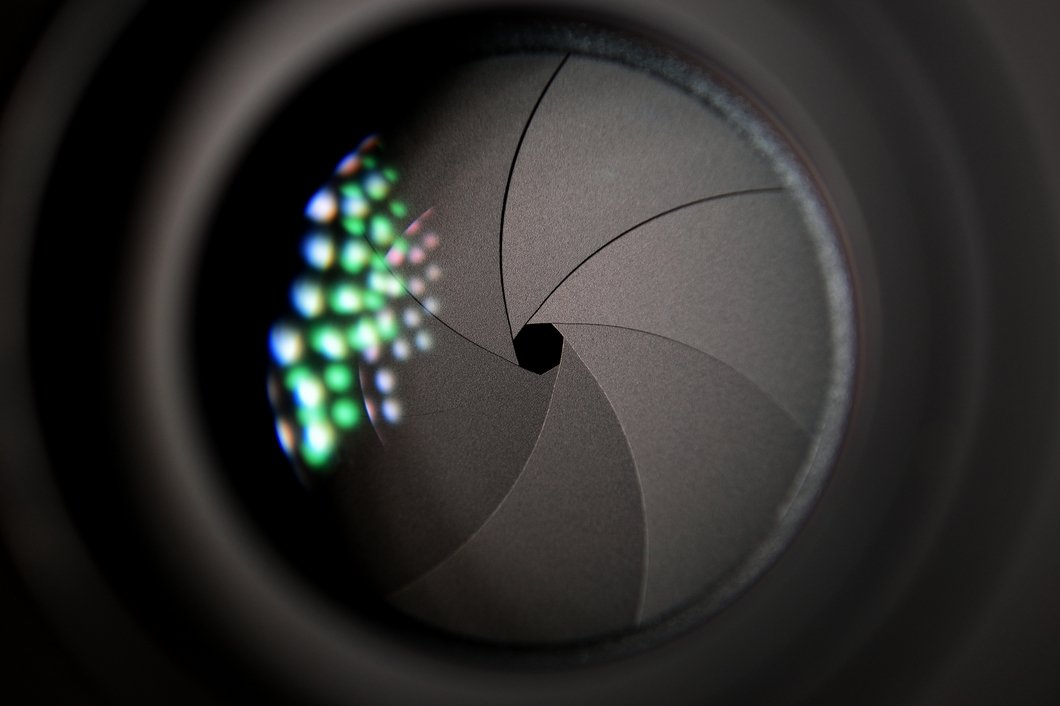This article will list and briefly review the top ten computer vision books we recommend.
Computer Vision is the most technologically mature field in modern Artificial Intelligence (AI). The ability to automate human sight using machine vision opens up huge opportunities across every sector of the economy. From agriculture to retail, from insurance to construction, computer vision applications are applied to a wide range of industry-specific use cases.
In the following, we will provide an up-to-date list of the books we recommend reading to learn about the most popular concepts, algorithms, and applications of AI vision.
1. Computer Vision: Algorithms And Applications
by Richard Szeliski
Description
The book aims to provide a comprehensive course in Computer Vision for undergraduate students in computer science; it is also referred to as “the bible of Computer Vision”. Hence, the focus is on algorithms, applications, and techniques for image processing and recognition in Computer Vision.
The book outlines a range of real-world applications and discusses the implementation and practical challenges of computer vision techniques. It is an excellent textbook on modern computer vision and covers all novel methods, except deep learning, which started after the book was published.
Why should you read it?
The book is suitable for teaching a senior-level course in computer vision. Its primary use is a general reference to the fundamental techniques and recent research literature for graduate students, researchers, and professionals.
2. Practical Deep Learning for Cloud, Mobile & Edge
by Siddha Ganju, Meher Kasam, and Anirudh Koul
Description
A step-by-step guide on how to build practical deep learning applications for the cloud, mobile, and edge devices using a hands-on approach. The book covers how to train, tune, and deploy modern computer vision models with Keras, TensorFlow, TensorFlow Lite, and Core ML. It covers how to develop AI applications for various devices such as Raspberry Pi, NVIDIA Jetson Nano, Google Coral, and others.
Why should you read it?
Get up to date quickly, with deep learning and modern frameworks for development – it is great to learn practical applications of deep learning. The book is excellent for software developers who might seek to develop skills applicable to the field of AI. Data scientists can enrich their skills and deepen their knowledge of the field to build real projects. We recommend the book to students to assist in their aspiration to a career in AI by developing a portfolio of interesting and fun real-world projects and helping to unleash creativity.
The book is also suitable for those without prior machine learning/AI experience who are looking to explore and start their journey in artificial intelligence. We can strongly recommend reading this book if you are interested in learning how CV and deep learning projects are built at top computer vision companies.

3. Concise Computer Vision: An Introduction to Theory and Algorithms
by Reinhard Klette
Description
This book provides a general introduction to the fundamental topics in Computer Vision, highlighting the important algorithms and mathematical concepts. The book includes programming exercises and questionnaires at the end of each chapter. From mathematical concepts to image recognition, image segmentation, and the basic components of a Computer Vision system, the book covers a wide range of related CV topics.
Why should you read it?
This is a great, easy-to-read guide on a difficult subject. The carefully selected topics cover all essential topics in an equally balanced manner. Classical and modern methods are explained in very clear descriptions, making it an excellent intro-level book for learning and reference.
4. Computer Vision: Principles, Algorithms, Applications, Learning
by E. R. Davies
Description
When it comes to the fundamental concepts of Computer Vision – ranging from classic Computer Vision techniques to deep learning – this is the best book available on the market. It covers the basic computer vision methodology, including the essential elements of the theory, while highlighting algorithmic and practical design constraints.
Why should you read it?
The book includes concepts and applications of computer vision, making it suitable for undergraduate and graduate students, researchers, and engineers working in Computer Vision.
5. Computer Vision: Models, Learning, and Inference
by Simon J. D. Prince
Description
The book is one of the most complete books on Computer Vision. It is written for people who are new to the topic or already have intermediate knowledge. This book guides beginners and computer vision developers on how to build and customize Computer Vision systems. It is perfect to learn more about model fitting and probability. The author provides clear descriptions, figures, example applications and exercises, background mathematics, and code examples. The book describes more than 70 computer vision algorithms.
Why should you read it?
The book is very well written, very concise, and logically structured, mapping the core principles of Computer Vision. This makes it a good read to any person seriously interested in Computer Vision. Chapters 14-16 may be everything you need to get a quick intro to Computer Vision.
6. Deep Learning for Vision Systems
by Mohamed Elgendy
Description
This book is great for kickstarting a career in modern Computer Vision and Machine Learning. It provides what you need to know to actually build a good model from scratch, using practical terms. Therefore, the book covers how to use deep learning architectures to build computer vision applications for image generation and facial recognition.
Why should you read it?
The book gives a comprehensive tour for anyone looking to build real-world vision systems. Therefore, it doesn’t go into a deep math background or cover all the research branches of the last 20 years but solely focuses on what exactly is being used in the industry today. As one of the best computer vision books on the market, it is very easy to read and assimilate.

7. Modern Computer Vision with PyTorch
by Yeshwanth Reddy and V Kishore Ayyadevara
Description
The book covers the basics of artificial neural networks (ANN), the fundamentals of PyTorch, and multiple basic deep learning examples using PyTorch. Moreover, the book discusses major computer vision topics such as object classification and detection, image manipulation, and more. Also, advanced topics such as GANs, reinforcement learning, self-attention, few-shot learning, etc., are covered, while all the discussions come with specific PyTorch examples.
Why should you read it?
It is an excellent book for beginners and practitioners who want to learn the most recent updates and advances. It is important to note that the book assumes the reader has some basic knowledge of Python at the very least.
8. Multiple View Geometry in Computer Vision
by Richard Hartley
Description
The book is about how to reconstruct scenes from images using geometry and algebra, with applications to computer vision. Therefore, it describes the main techniques in mainstream multiple-view geometry, both classical and modern, in a clear and consistent way.
Thereby, the author covers the geometric principles and their algebraic representation in terms of camera projection matrices, the fundamental matrix, and the trifocal tensor. The book introduces the necessary knowledge in remodeling 3D from multiple images captured either simultaneously or chronologically.
Why should you read it?
The book is a must-read for computer vision researchers and anyone interested in Geometry, Computer Vision, and Projective Geometry. For advanced researchers, this book is extremely helpful, but it is quite difficult for beginners. The only thing it doesn’t provide is written-out code, not even pseudocode, which would be useful.
9. Learning OpenCV 4 Computer Vision with Python 3
by Joseph Howse and Joe Minichino
Description
This book helps those who are new to the world of Computer Vision, but also experts in Python. It covers the theory and practice of building apps with OpenCV 4 and Python 3 on various platforms. Learn about how to perform the basic operations, how to perform image processing, video analysis, depth estimation, and segmentation. It features two popular challenges: face detection and face recognition. You will also learn about object classification and machine learning concepts, which are used to create and use object detectors, and even track objects in a video camera feed.
Why should you read it?
If you want to learn OpenCV with Python, this is likely the best OpenCV book. It covers all the major topics under the OpenCV umbrella in a very readable manner. If you are interested in detecting custom objects, this book offers a straightforward and easy-to-follow approach. It includes a set of object-oriented programs that you can build for customized applications.
10. Computer Vision Metrics: Survey, Taxonomy, and Analysis
by Scott Krig
Description
An extensive survey and analysis of more than 100 current and historical feature descriptions and machine vision methods. The book covers image capture and representation, image pre-processing, global and regional features, local feature design concepts, classification, and more.
Overall, the book is very well researched and cited, making it a useful overview and survey book as it points to the relevant references. Hence, the book is commonly used by Computer Vision engineers as a reference for various computer vision techniques and algorithms.
Why should you read it?
The book is free to download as a PDF. This book contains literally hundreds of algorithms in a very well-organized and easy-to-read manner. In the fast-moving field of Computer Vision, it is very useful to have this kind of catalog at hand.

What’s next?
Those books provide everything you need to know for an introduction to the world of Computer Vision. However, as the field of Computer Vision develops rapidly, it is important to stay in the loop. Subscribe for free to the Viso Newsletter for information about the latest computer vision trends and news in AI.
To read more about state-of-the-art methods and techniques, I recommend that you check out our other articles:
